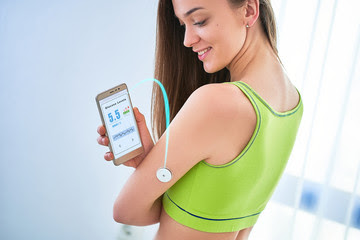One important growth driver for the Healthcare Simulators Market is the growing concern about patient safety.
Global Healthcare
Simulators Market: Overview
Hospitals, academics, and the military are among the end users of medical simulation, which is used to train and teach medical professionals about various sorts of procedures as well as teach students about anatomy and physiology.
The presence of various minor companies operating in different areas of the regional marketplaces characterises the global market for Healthcare Simulators. They are putting the leading market players under pressure by reducing their market share. As a result, the industry's leading names have been investing substantially in creating new technologies and upgrading their present products.
Global Healthcare
Simulators Market: Trends and
Opportunities
Rising healthcare expenses and a growing need for minimally invasive treatments are two major growth drivers in the global Healthcare Simulators market . Another important growth driver is the growing concern about patient safety. According to the Institute of Medicine, medical errors during treatment cause between 44,000 and 98,000 deaths worldwide each year.This has resulted in a huge increase in the demand for Healthcare Simulators, as they assist doctors and surgeons in better understanding procedures and avoiding potentially deadly errors during treatment or surgery.
Medical simulation makes use of haptic, virtual, and augmented reality technology.Haptic technology uses the sense of touch to aid in realistic and multisensory learning by imparting stresses, vibrations, and motions. On the other hand, virtual and reality technology makes use of a computer-simulated environment. It allows surgeons to practise surgery without having to deal with real patients.
Aside from the aforementioned growth drivers, another factor expected to significantly boost the market in the coming years is the rapid pace of technological innovation as a result of stiff competition among existing market players looking to increase sales by offering more advanced and sophisticated products. This will also help to overcome common obstacles in the field of medical simulation, as well as compliance issues and market unmet needs. The high cost of simulators, on the other hand, is stifling market expansion.




Comments
Post a Comment